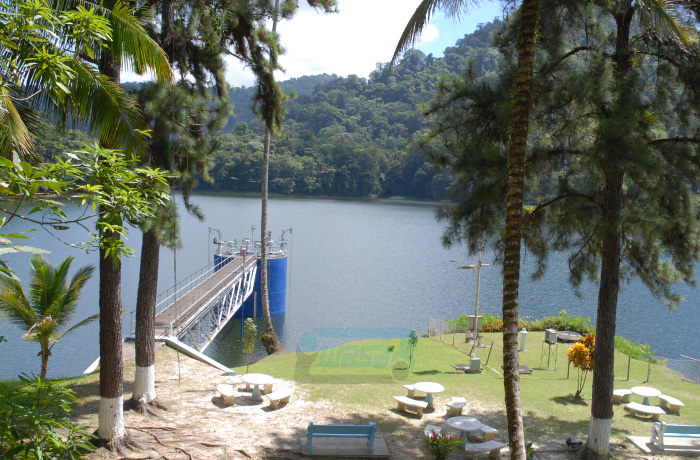Approximately 10,000 Water and Sewerage Authority’s (WASA) customers in parts of north east Trinidad from Arouca to Valencia will be affected in the coming days due to the decreasing waters levels at the Hollis Reservoir.
Speaking at a press conference yesterday, WASA’s acting CEO, Kelvin Romain warned that as soon as the country enters the harsh 2024 dry season, WASA might have to implement harsher water restrictions.
He blamed climate change for the reduction in supply, stating that even though the country is in the rainy season, there has been little rainfall to fill the Hollis Reservoir which is currently at 43 per cent capacity. The long-term average of the reservoir for this time is usually 73 per cent.
“As a result of the low levels we have to do some curtailment, unfortunately,” Romain said.
On Saturday, WASA advised customers served by the Hollis Water Treatment Plant that water supply schedules had been temporarily amended to manage operations at the reservoir.
Production at the plant is normally 8.4 million gallons a day. However, WASA’s production level has been reduced to 5.5 million gallons a day.
WASA advised customers at the extremities or elevated areas of the Hollis distribution system that they might experience low pressures or no water.
“We have to cut back. That is a 2.9 million gallons per day deficit,” Romain said.
He said that WASA has to develop short, medium- and long-term strategies to deal with “hard-hit areas” and has been tightening its leak drive, managing distribution through bulk meters, supplying customers with truck-borne water and will soon dig three wells to provide an additional one million gallons of water daily.
“What you will see in the near future will be some modular desalination plants throughout the country,” he said.
Romain said areas such as Icacos, Moruga and Mayaro will benefit from the plants which will be powered by solar energy.
He said the Hollis Reservoir services approximately 50,000 people directly and indirectly who will all be affected by the decreasing water levels.
“What we anticipate is a fall out of about 10,000 or less customers who could be adversely affected,” he added.

